
Ferrari 250 SWB. Picture source Here
In 1963 Ferrari introduced the GTO, now the most valuable of the classic Ferraris:

Ferrari 250GTO. Picture source Here
So Jaguar at the planning stage imagined it would be facing the 250 SWB "Berlinetta", but by the time the Lightweight E-types had been built, the GTOs had started to appear - and they were very successful.
Enzo Ferrari has been described as an "impressario" and if one reads about him and his public utterances it is difficult to disagree: "Because I, Ferrari say so"! Ferrari famously once remarked that "Aerodynamics are for those who cannot build engines." He was proud of his various V-12s and rightly so. Nevertheless, many were sceptical about Ferrari's power claims and Jaguar were naturally very keen to find out how many horsepower Ferrari's 3-litre V-12 really produced.
So the situation in 1962 was on the one hand, Jaguar with their famous six-cylinder 3.8 litre XK engine originally designed in the 1940s and on the other, Ferrari's 3-litre V-12 which was developed from Gioacchino Colombo's original 1.5-litre V-12 also designed in the 1940s.

Ferrari 250 GTO 3-litre V-12. Picture source Here
At this time, Jaguar had a well known dealer: John Coombs at Guildford in Surrey. Coombs was famous for special preparation of Jagaurs and his modified Mk II saloons had quite a following. Well, Coombs was keen to race and had acquired a Ferrari 250 GT SWB for this purpose. Jaguar at Coventry managed to "twist his arm" into lending them the car "for evaluation". So the car was sent up to Jaguar's works at Coventry. So keen were Jaguar to find out if old man Ferrari was bluffing when he claimed 300HP for his competition 3-litre V-12s, that they promptly removed the engine and installed it onto their dynamometer. I have no information on this point but I imagine that they were a little crestfallen when they measured 297HP from the engine!
The irony of this is that in common with other makers at the time Jaguar were frightful liars regarding horsepower from their production engines. As an example, 265HP were claimed for the 3.8 litre E-type. This is patently absurd and these days the general advice is to deduct about 20% from any claimed Jaguar horsepower for cars made in the 1960s. This is not to say that the XK engine is not a good engine: it is in fact a very good though 'old-fashioned"engine with its very long stroke. And the E-type is a very fast car, it cannot be denied. It is said that Jaguar extracted close to 300HP from the Lucas fuel-injected D-type engine - and the XK engine always made pretty good torque. By the early '60s they were probably getting close to 320HP and it is interesting to add that these days, outputs as high as 340HP are claimed by specialists.
It is a pity that old Ferraris are so rare and valuable: it would be interesting to find out just how much power could be extracted from the 3-litre V-12 with the benefit of modern gas-flow theory and so on that has helped raise the outputs from the Jaguar XK engines.
Well in conclusion I should like to return to Jaguar's experimental department at Brown's Lane Coventry back in 1962. Having established that Enzo Ferrari's power claims were in no way outrageous, it was necessary to reinstall the engine into the 250GT and of course return the car to John Coombs. The mechanics had carefully placed all the nuts and bolts into labelled boxes, but this unfortunately meant nothing to the cleaners who came in at the weekend and so they dumped the whole lot into the rubbish bins. Panic - John Coombs would not see the joke!
The problem was that metric nuts and bolts were rare at that time in England and some fast thinking had to be done. It was humble Morris Motors who largely came to the rescue. They were producing four-cylinder side-valve engines for generator sets for the armed forces. These engines had to meet NATO specifications and so had metric threads. Morris were able to supply many but not all, of the necessary bolts. And the rest? Well the story has it that the remainder were made from scratch in Jaguar's tool room!
I wonder if Coombs ever found out?
À bientôt



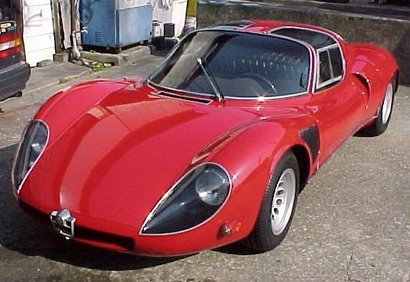
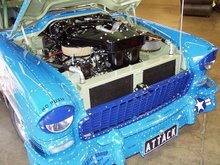
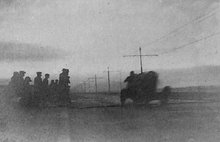

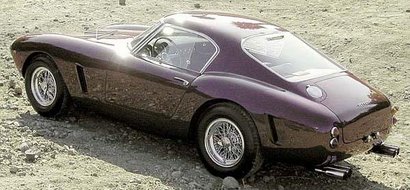
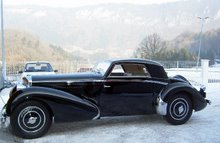
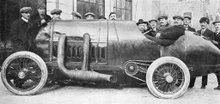


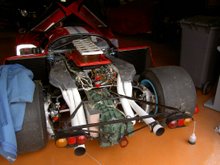

No comments:
Post a Comment